Best Hiking Trails in Tuscany
Tuscany is a region in central Italy with many beauties. It hosts small traditional villages which overflow from history, especially from medieval times.
Tuscany is a region in central Italy with many beauties. It hosts small traditional villages which overflow from history, especially from medieval times.
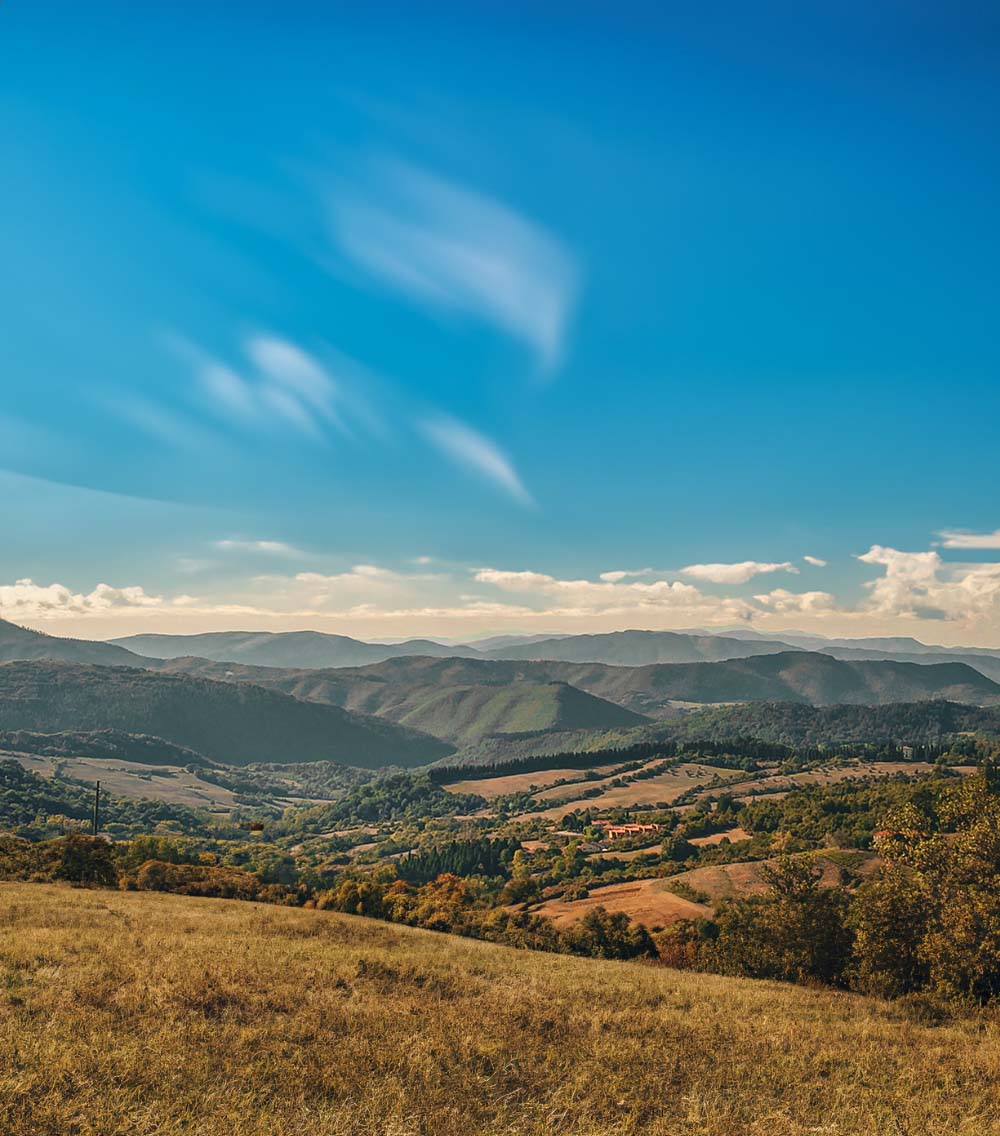
While exploring Tuscany, you will meet many artistic monuments and ancient structures that will make your trip unforgettable. It is an area, known for its unique wine production in many varieties and the local cuisine based on olive, cheese, vegetables, and steak. Due to its stunning landscape, hosting mountains, vineyards, and olive groves, hiking is the most popular outdoor activity that a visitor can do.

The best way to experience Tuscany is to rent your own car! We recommend booking well in advance using price comparison sites like rental cars if traveling in the peak summer season.

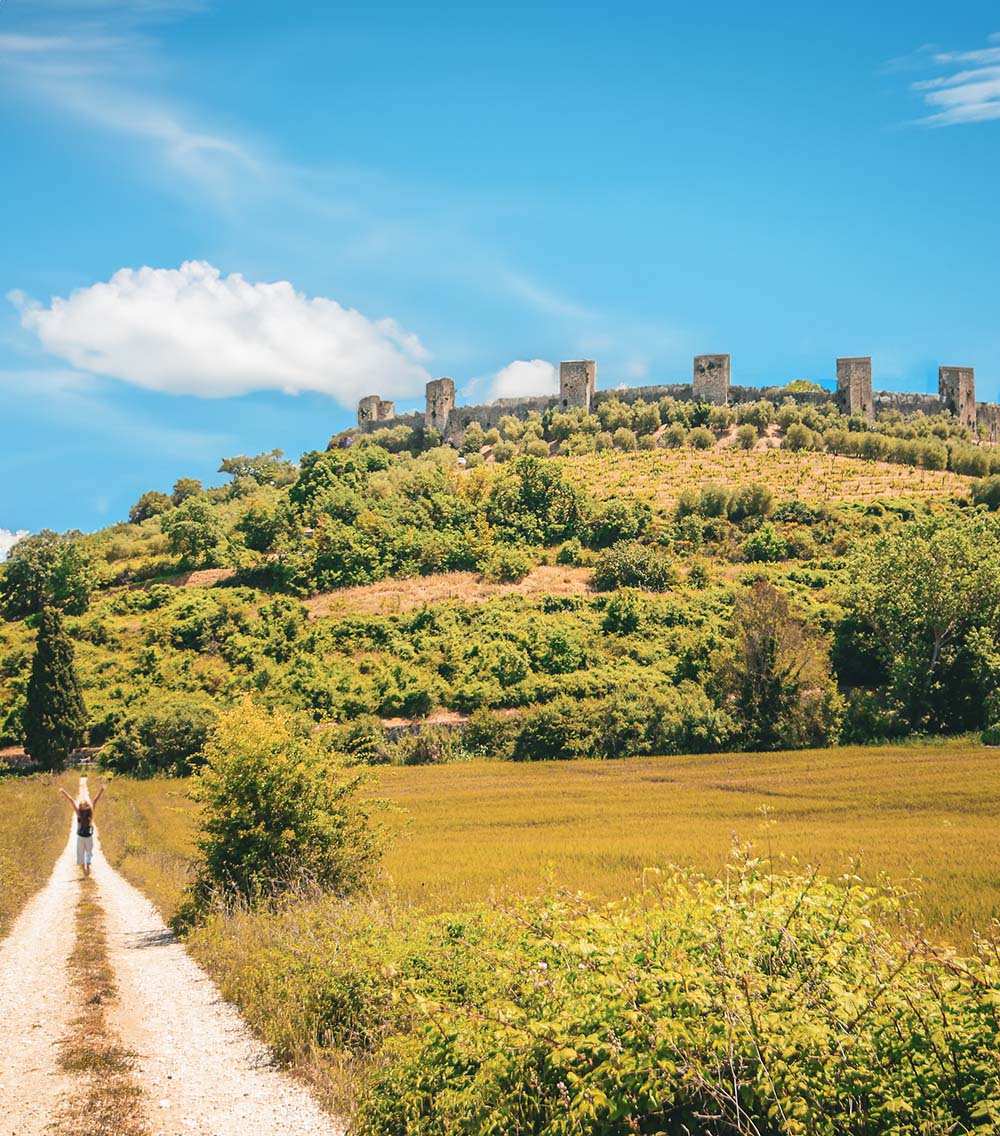
The path of Via Francigena, meaning the road that comes from France, is said to be one of the oldest cultural routes and was used by walkers who wanted to visit the Holy See and the tombs of the apostles Peter and Paul in Rome. Its total distance is 2000 km and takes 90 days to be completed since it crosses some of the most beautiful regions in Europe. The path’s starting point is the Cathedral of Canterbury in England, and it ends in Rome. Some of the route’s highlights include the part that crosses Tuscany. These would be, the stunning landscape, vineyards, olive groves, and of course the medieval castles amongst them. Based on the route that you want to hike, you might see Piagnaro Castle, the San Caprasio Abbey, the Church of San Jacopo, and more. To be more specific, the path enclosed in Tuscany starts from Canterbury and ends in Rome, a route of 400km ideal for everyone. For visitors who still want to explore the path but do not have time to walk all these kilometers, the route breaks down into 16 smaller ones.

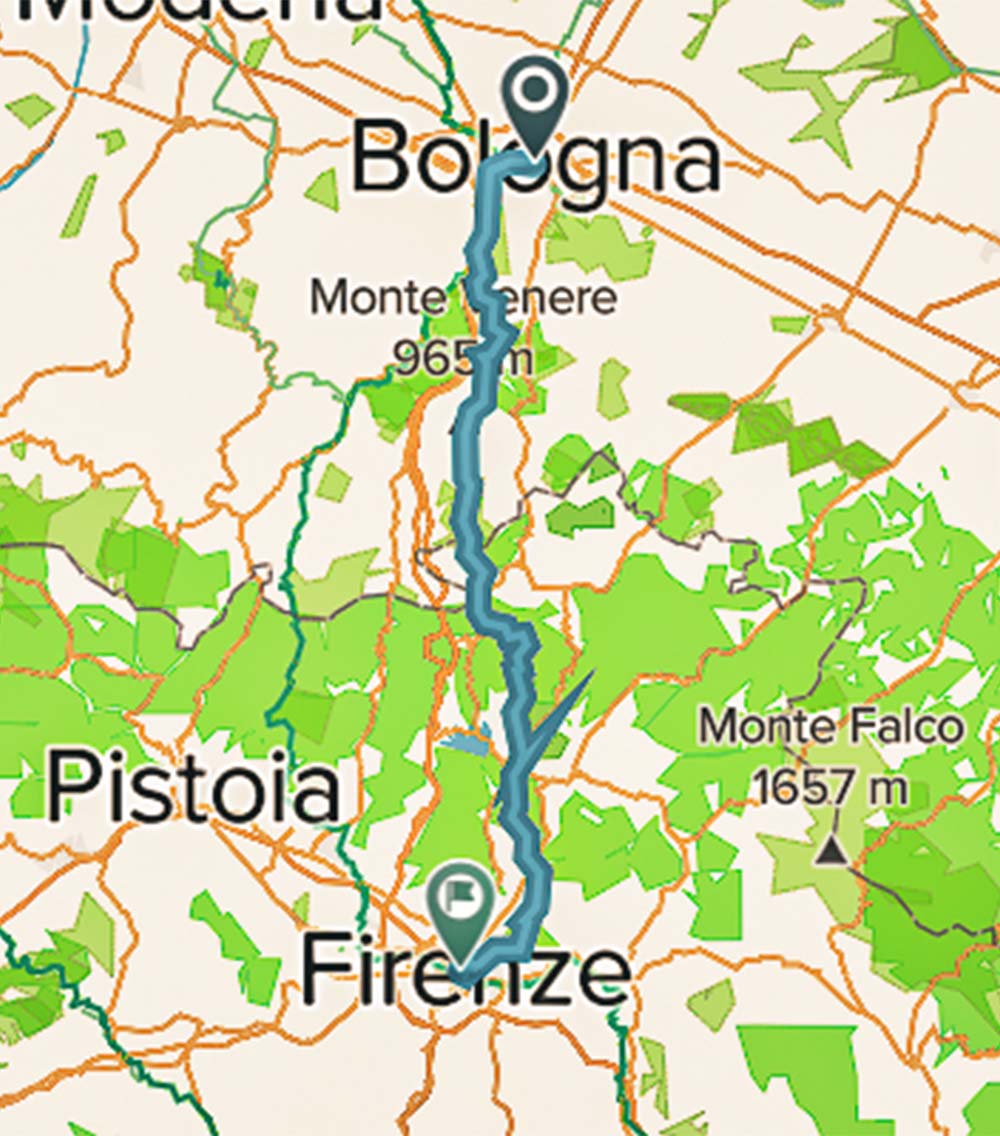
A path that connects Bologna with Florence and lasts 130 km. It is a route that can be crossed by hiking and lasts 4 to 6 days, or by bike that lasts 2 to 3 days, but it always depends on your physical condition. In general, the route is medium difficulty. Through hiking, you will meet asphalt and dirt roads, vineyards, and ancient monuments like churches. The entire route has signs, and you can have some breaks in restaurants, B&Bs, and campsites. If you are not interested in crossing all of it, keep in mind that it breaks down into 5 smaller ones.
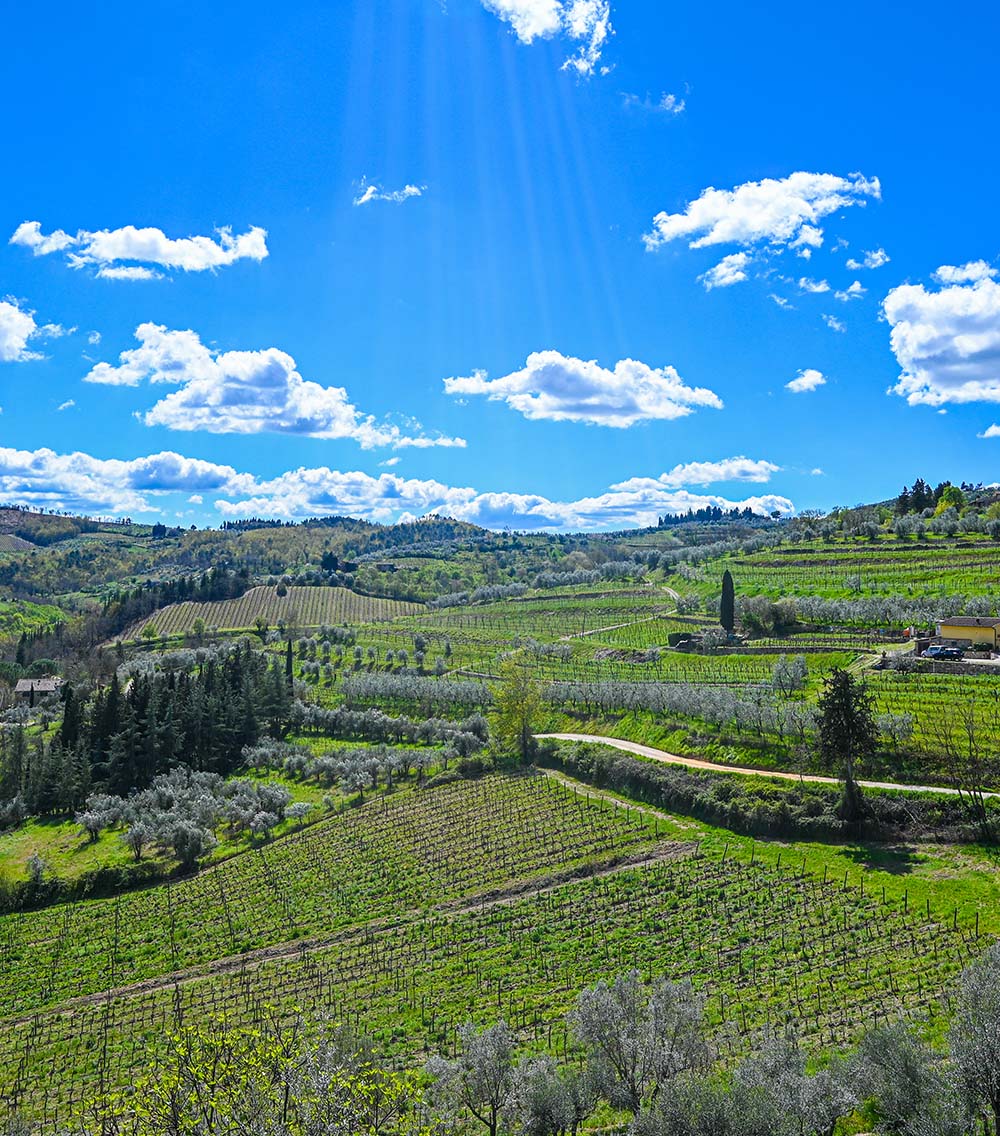
The Chianti wine district offers a mix of a stunning landscape and small ancient villages, while some ruins still decorate the area. The designed paths are well-preserved and marked to be convenient for the hikers. There is a variety of them, from easy to more challenging, responding to all kinds of walkers. One of the most popular paths in the Chianti region is the Greve in Chianti Loop via Uzzano. This path is about 14 km and lasts two and a half hours. Walking through this path that starts from the Chianti’s main square, you will meet the vineyards, of Villa Calcinaia, an estate that produces the Chianti Classico, and the amazing view that surrounds it. Another option to hike is the Greve Loop via Montefioralle. A stunning route that also starts from Chianti’s main square but continues in the forest, where you will face the ancient beauty of this area that hosts castle ruins and medieval villages. The certain route is considered moderate and has 10km. A quick path to enhance your tour in Tuscany.

Grande Escursione Appenninica is long distance hiking path that crosses the Apennine Mountains in central Italy. Specifically, its length is 445 km, and it is divided into 28 stages. For that reason, it is well-marked, and you will meet many shelters and campsites along the way. Before exploring it, make sure that you are well prepared, for the weather and that you also have some experience in hiking. The starting point of the tail is Bocca Trabaria, which is in central Italy and the ending point is the Passo dei Due Santi which is in the northern part of Tuscany. Between those amazing places, you will encounter the greenery landscape, the breathtaking hills, and of course cultural historic sites. You will admire the medieval villages hosting churches and fortresses. Do not miss visiting national parks like the Tuscan-Emilian Apennines Park or the Monti Sibillini which are memorable places.
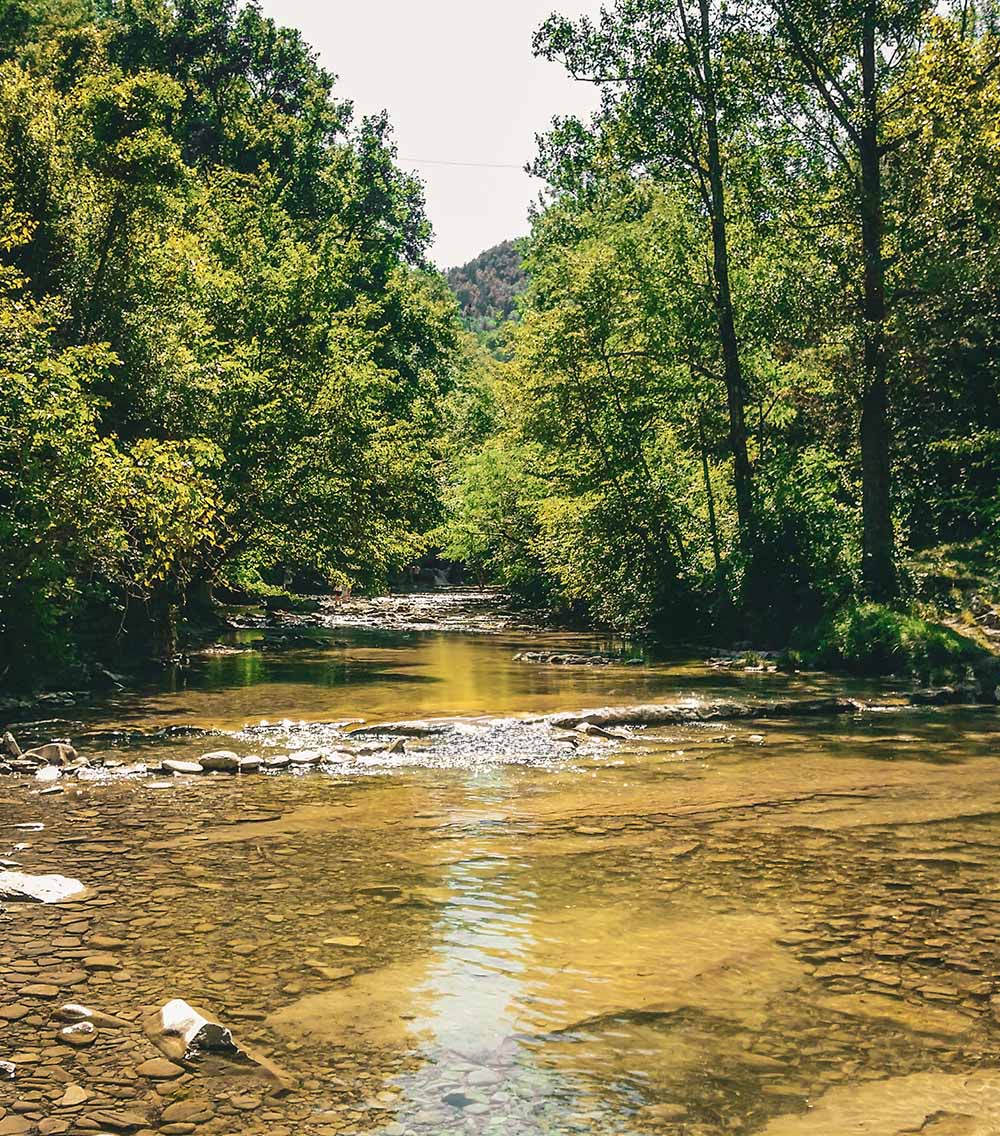
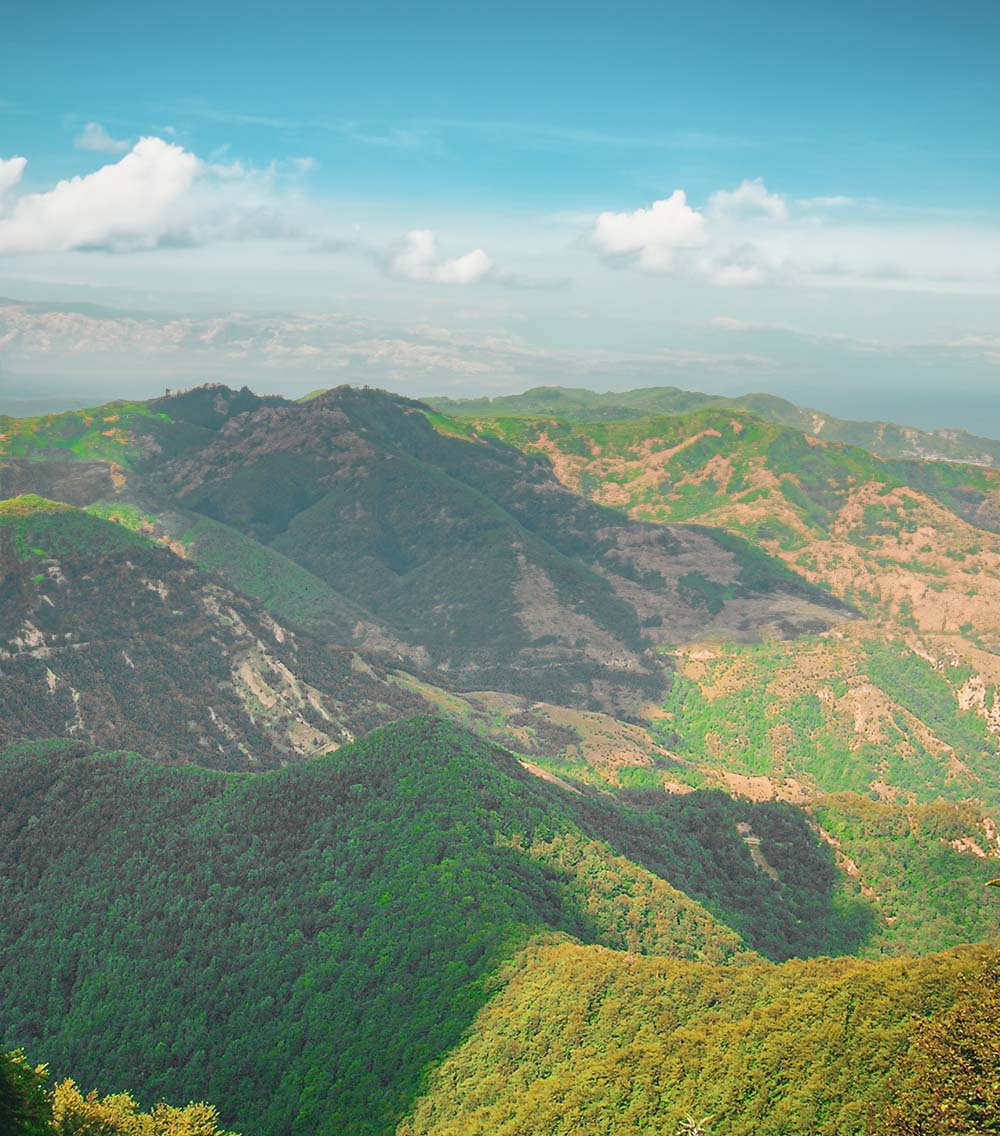
Since we mentioned the national parks, there is a very popular one, that is called Foreste Casentinesi and it is in the Apennine Mountains of central Italy. It was founded in 1993 and protects rivers, mountains, and forests. You will also meet wildlife species like wolves, wild boars, and golden eagles that are also being protected by the park. It is truly a once-in-a-lifetime experience. For those preferring something more active, the park provides many outdoor experiences like cycling, horseback riding, and birdwatching. What you do not usually expect to see in a park is structures. Foreste Casentinesi National Park hosts ancient villages, churches, and monasteries, things that you can explore easily by being provided with a hiking map from a visitor’s center.
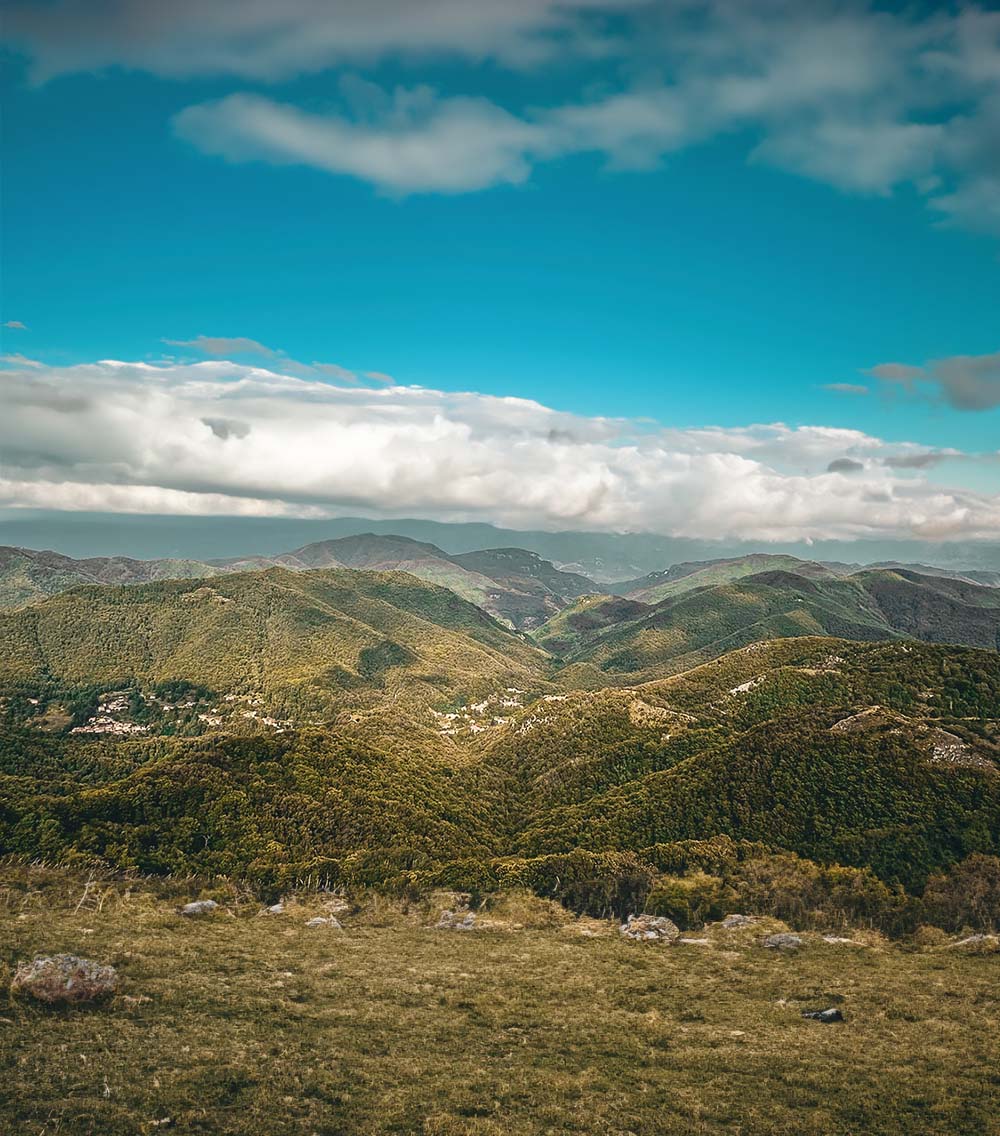
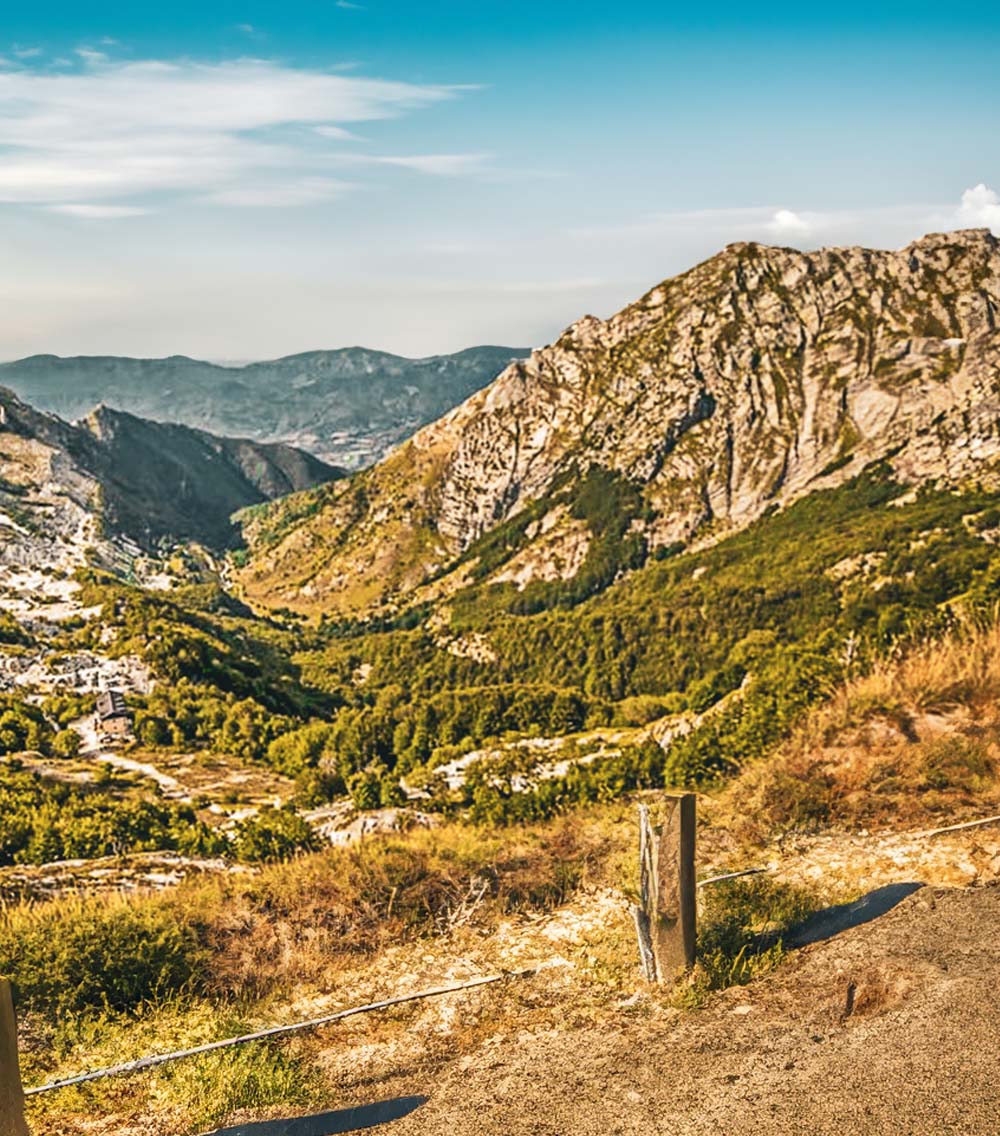
The Apuan Alps Regional Park is in northwestern Tuscany, Italy. It was founded in 1985 and has been protected by the UNESCO Global Geoparks Network since 2011 and the European Natura Network since 2000. A park well known for its marble mountains facing the Versilia coast and the Ligurian Sea, containing over 1300 caves, deep valleys, and lakes, some of them artificial. If visiting Apuan Alps Regional Park, you will see many beautiful places. Besides the popular marble mountains, the park also hosts a huge variety of animal species. Even though there were bears, deer, and wolves living in the park, today none of them is there. As the human population was growing, these species disappeared. Now, you will meet many goats, wild sheep, and a variety of bird species. An exciting way to explore the park is through the paths that it holds.
There are many routes with different difficulties, distances, and views that you can choose. While crossing these paths you will also encounter many caves. If preferring something more daring, rock climbing is for you. There are routes, established for beginners and experienced climbers. And for anyone looking for something more relaxing, exploration can be done by horseback riding, mountain biking, or photography.
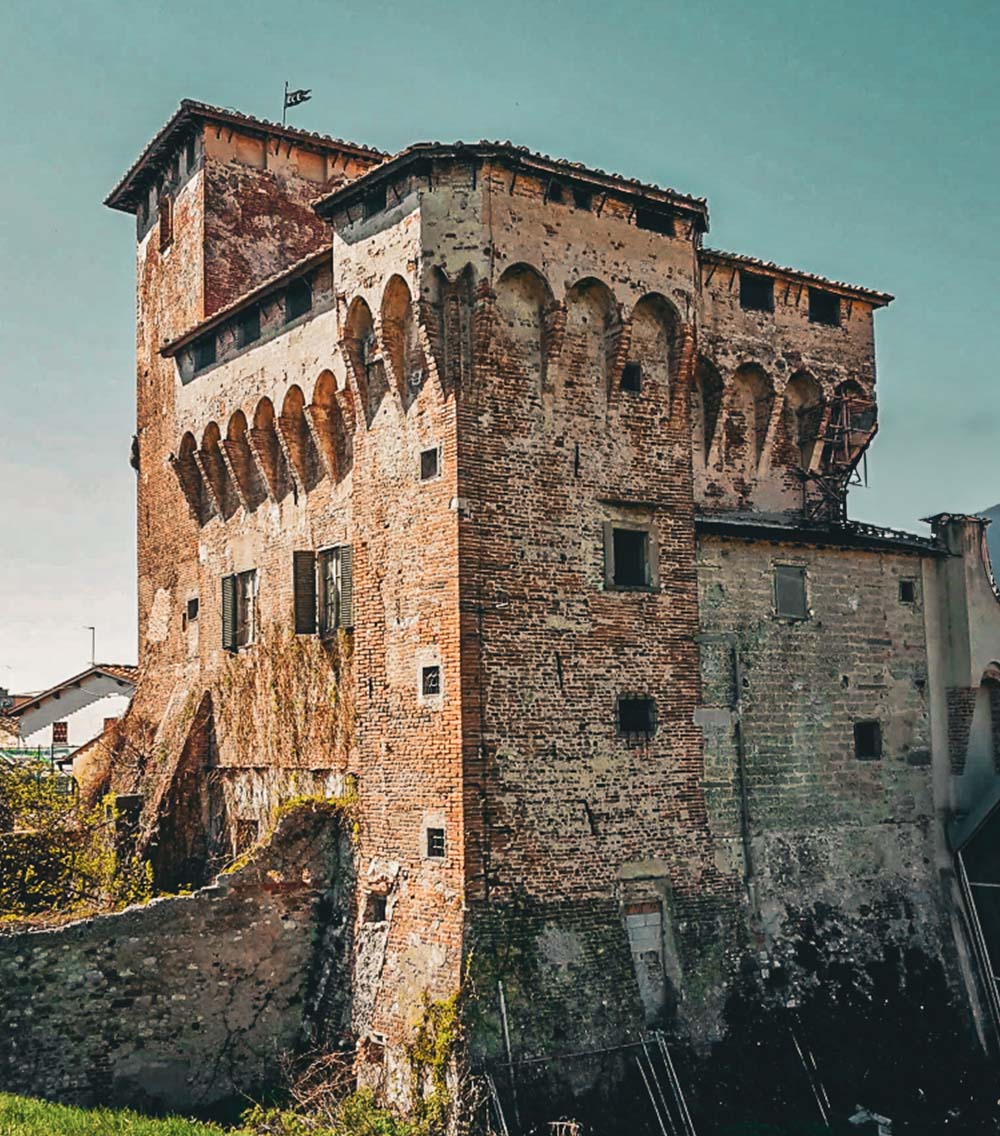
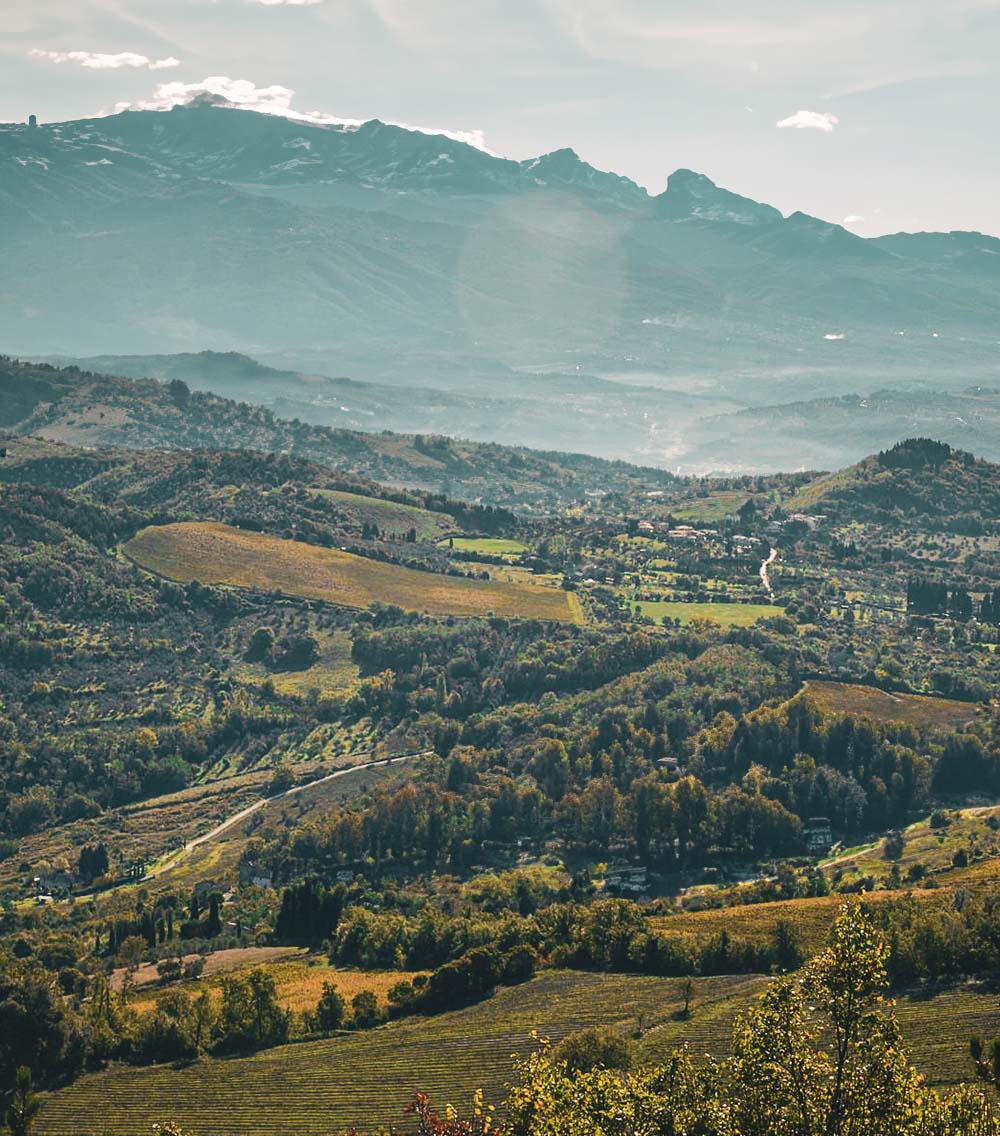
The Renaissance Ring is a fascinating route that lasts less than 250 km. It is divided into 8 parts that last from 5 km to 25 km and surround Tuscany and its beautiful view. The total route starts and ends at Calenzano Castle and can be walked by everyone since it crosses dirt and paved roads. You will meet medieval churches, ancient villages, and other cultural landmarks.
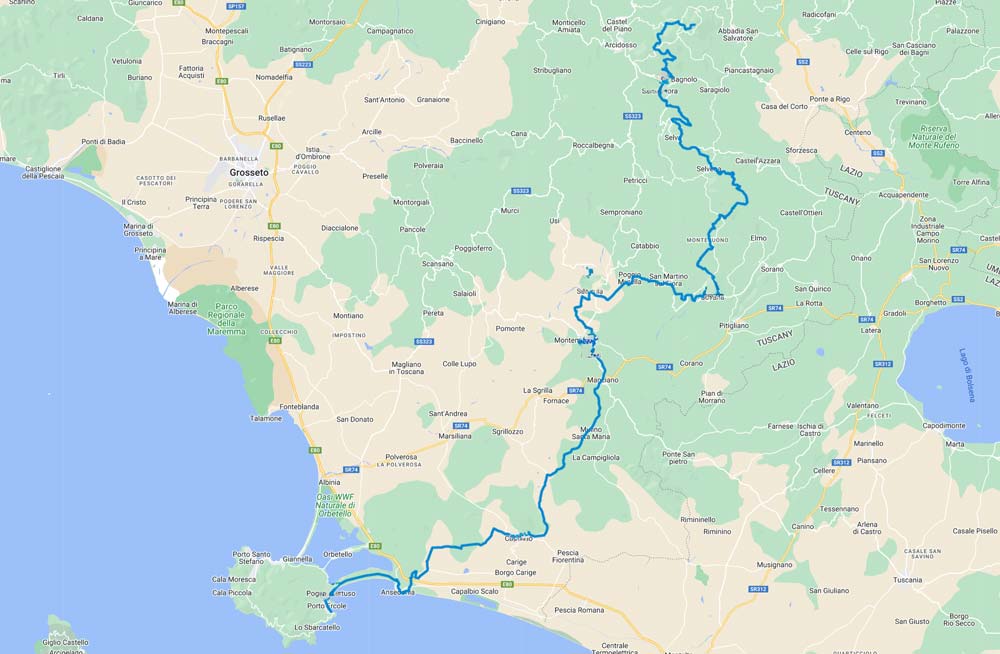
Veta Mare is a hiking route divided into two different hiking trails. The Vetta Mare with a length of 136km takes about 40 hours to be completed. It starts at Monte Amiata, the second-highest mountain in Tuscany, and ends at Porto Ercole on the Argentario coast. It is a well-marked path and holds several places to stay from hotels to farmhouses along the way, like Abbadia San Salvatore, Arcidosso, and Piancastagnaio. La Rando MVM is a shorter route that starts and ends in Porto Ercole. Its length is 200km and takes about 26 hours to be completed. The trail crosses many landscapes such as mountains, forests, and beaches.
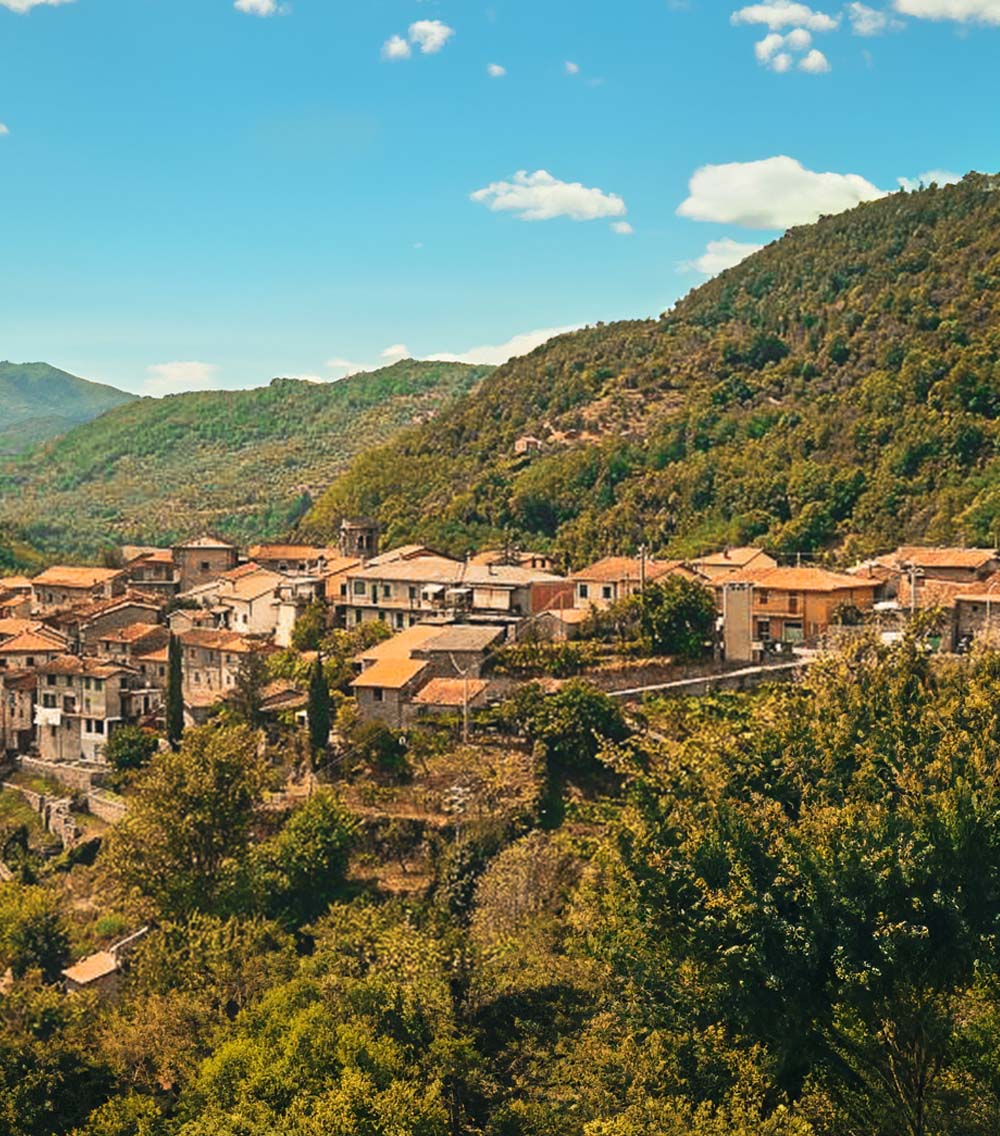

Lunigiana is the ideal place for anyone looking for outdoor activities, especially hiking. This place hosts a variety of trails for all kinds of explorers. What makes this area ideal for hiking is its location. It is found between the Tuscan-Emilian Apennines with breathtaking views across the Magra Valley and the Apuan Alps. Hikers enjoy the stunning view of the marble mountains, the valley, and the plants. Lunigiana hosts 5 different trails.
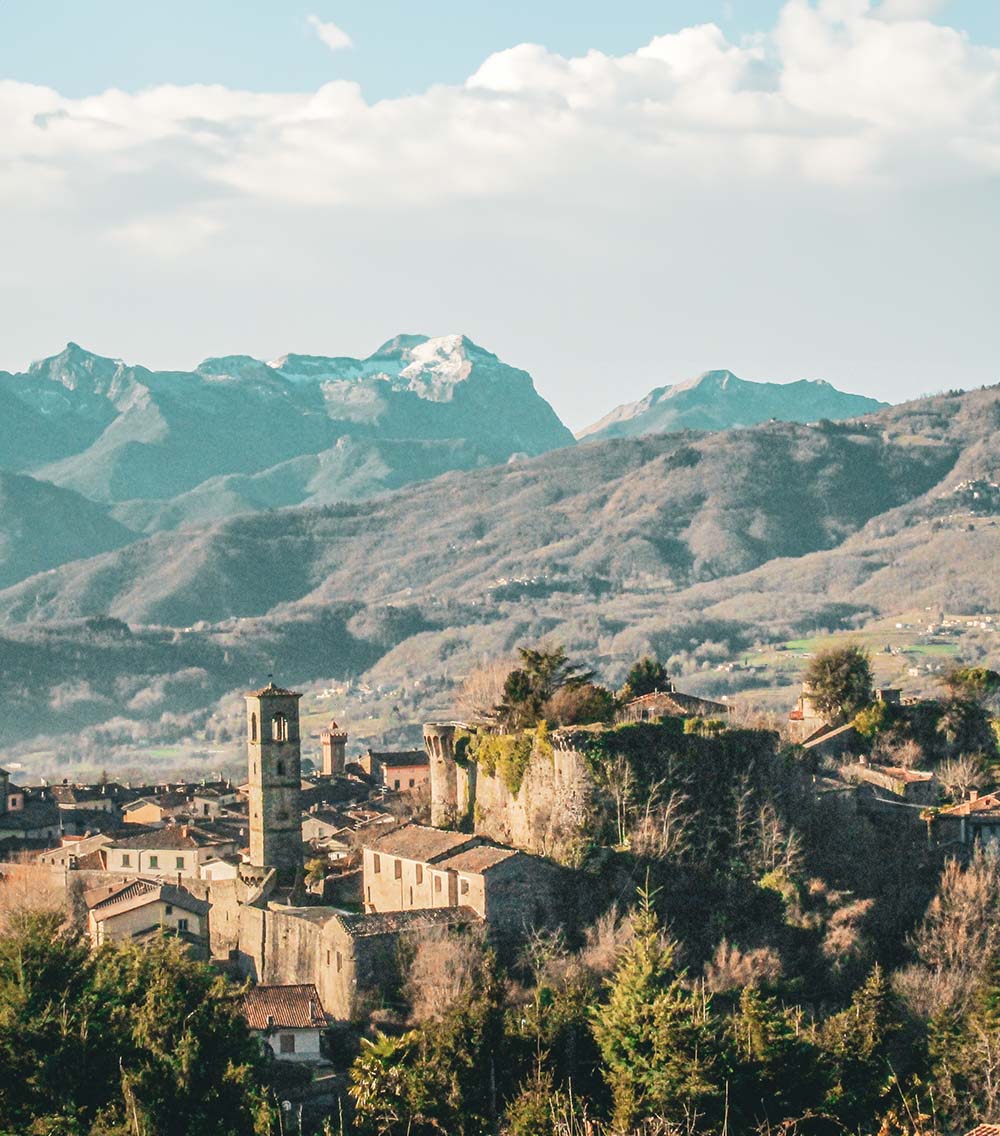
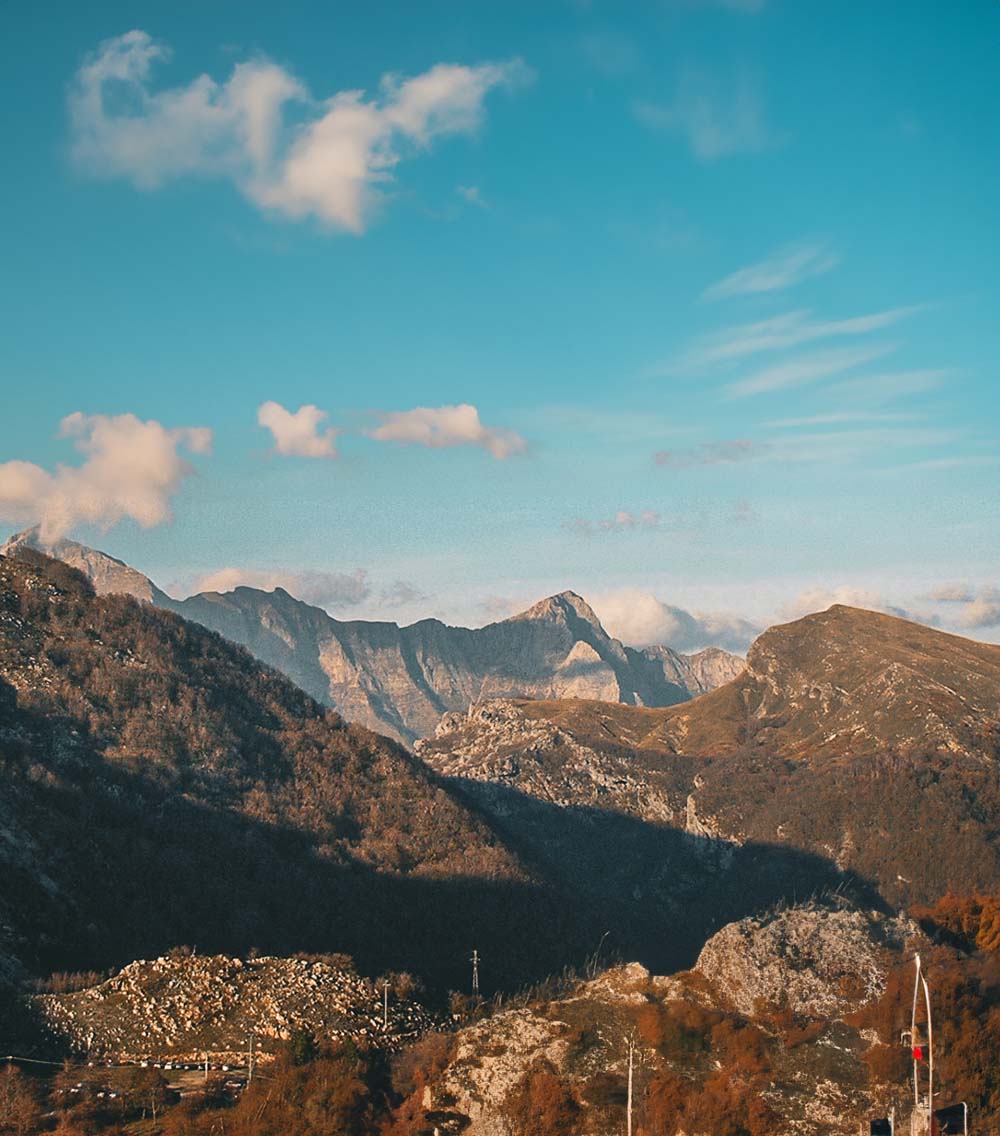
There is a variety of paths hosted in the Garfagnana Valley, some of them easier than others. In general, the paths’ length ranges from 6km to 13 km and each one of them has a unique experience to offer. Since some hiking routes relate to villages you can combine these, with accommodation or just a quick break while you are connecting with nature and ancient history. You can get to Garfagnana Valley by train, bus, or even rent a car. One of the best accommodations that you can find there is the Lavacchio Farm, a farmhouse run by two chefs.
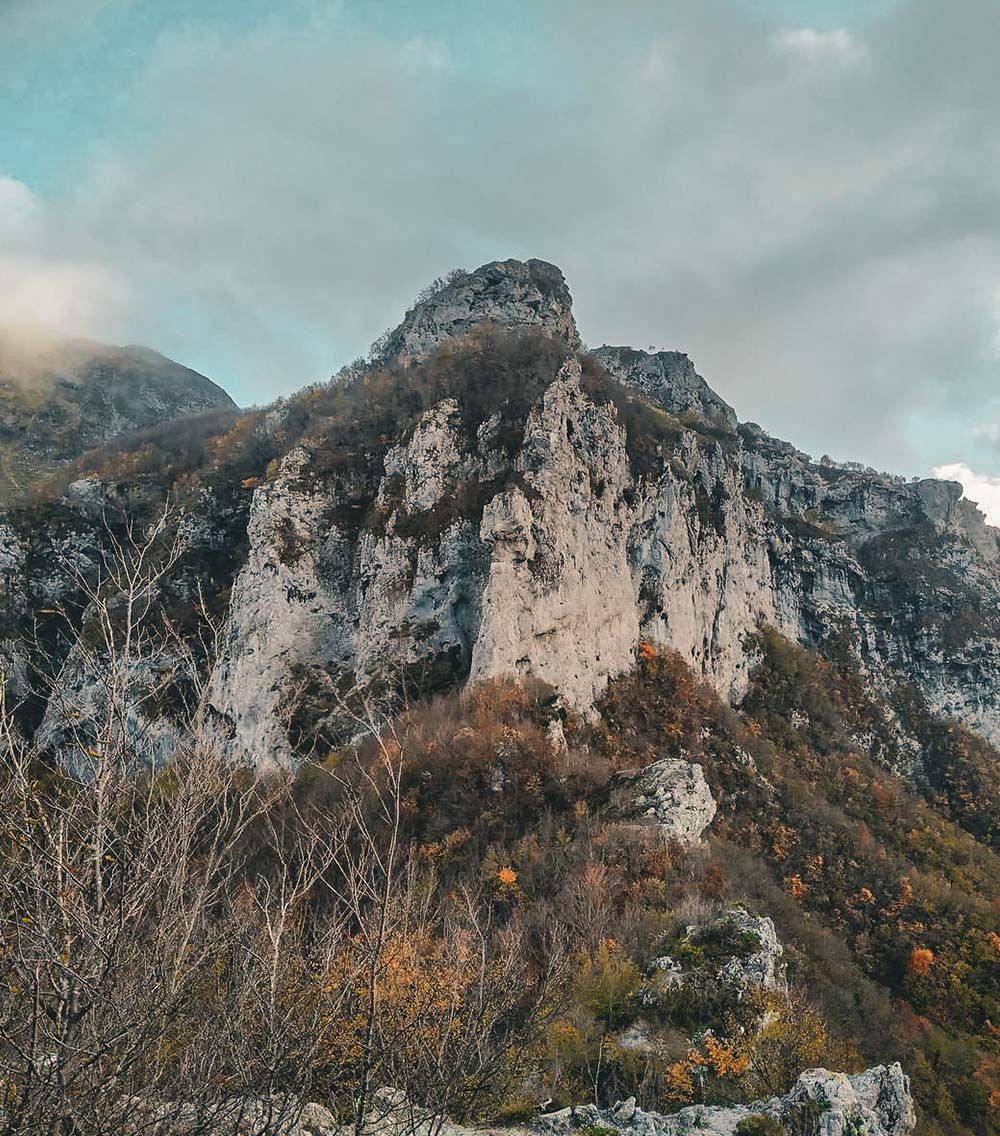

Monte Forato, is one of the most popular routes in the Apuan Alps. The total hike lasts about 5 hours, and it is well-preserved by the concern of the Italian Alpine Club and Apuan Park Institution. The beginning and end of this path is the small mountain village of Fornovolasco. From there, you can follow 3 different routes to Monte Forato. The two of them head for the peak of the mountain while the other has its own name which is Via Ferrata, the path to Renato Salvatori. This one is a route ideal for beginners. Its protection is old but still serves its purposes. By crossing this route, you will admire the view of Procinto and the southern Apuan mountains. It eventually reaches Monte Forato, where you will face an unforgettable landscape.
The Via Sanese is an ancient path, used to connect Florence with Siena. The trip begins from Piazza della Santissima Annunziata in Florence and goes through many historic places, ending in Siena in the Basilica of San Francesco. A route lasting 5 days to be completed with four stops in Florence and Siena landscape, where you can admire churches and small villages. The first part of this route starts from Florence to Pesa, which is about 18km, and you will encounter there, the Florence American Cemetery, a historic site dedicated to American soldiers of World War II. From Pesa to Badia a Passignano which takes 15km you will also cross hills and vineyards, and you might pass by Villa Le Corti, a historic Medici villa. On the third part, you will continue from Badia a Passignano to Castellina in Chianti, a route with 18 km that will take you through the heart of Chianti and ends at Castellina a medieval village known for its wine cellars and enotecas. The fourth and last stage goes from Castellina to Siena. This route is a bit larger than the others, with 27km in length. As you walk across this path you might encounter the Monteriggioni, a medieval town built inside its defensive walls and finally, as you approach Siena you will catch the view of Duomo.
When visiting Tuscany, choosing the right place is very crucial, especially if you aim at hiking. The right place should have the ability to be explored on foot, have shops and restaurants and of course, some monuments to learn about each town’s tradition.
Greve in Chianti is an ideal place if aiming for the above. A place located in the northern part of central Italy and near the Via Sanese. By visiting Greve in Chianti, you will be able to wander in its historic streets, admire the monuments, enjoy a coffee or dinner, and of course, hike the trails in Via Sanese. Besides that, there is also San Casciano in Val di Pesa which is located just at the beginning of Via Sanese, and except from exploring the town, you can easily enjoy day trips or even manage to complete many stages of the path.
A town constructed inside its walls, yet offering an amazing tour with many activities, is Lucca. By visiting Lucca, you will see historical sites, but you will also have easy access to exploring the Garfagnana Valleys and the Apuan Alps. On those trails, hikers can find any level of paths to explore.
While it is not directly connected to popular hiking trails, Siena manages to serve a variety of routes in southern Tuscany. It is a city with rich historical culture, housing ancient villages, like Monteriggioni and Montalcino as well as hiking trails, all of them offering amazing views. If visiting Siena, an interesting route is through the Crete Senesi, a place that is said to have a clay landscape because of its colors through the seasons.


Packing for a hike in Tuscany requires preparation in advance. You should consider many factors like the weather, the season that you will choose to hike, and the length of the route since the weight of your bag should be convenient for a smooth experience.
Since Tuscany is a place with variable weather, you should be prepared for all the seasons. The most essential thing that you must keep in mind is the clothing. Hiking is not going to be fun unless you own hiking boots. Make sure to wear, waterproof, with good support, and suitable for any terrain boots. Combined with a good pair of shoes are the socks. Socks should be made from wool or synthetic materials to keep your feet dry and comfortable. The same material is crucial for all your underwear, like a breathable shirt as well. Wear a waterproof and windproof jacket to protect yourself from rain or strong winds. A piece that you won’t regret for hiking is a pair of hiking pants that zip off into shorts, that are adaptable for any weather conditions.
Of course, you should wear sunscreen all around the year to be protected from the sun. Other assisting things could be a map for better navigation, water and snacks for gaining strength, matches or a lighter for emergencies as well as a first-aid kit. If you are self-guided in hiking, remember to bring along a map for better navigation.
Of course, you must have a first-aid kit with you in case of an emergency. And for the more vital factors, you should be equipped with water and snacks like nuts, granola bars, and dried fruit to keep you fueled throughout the day. To enjoy your hike but also capture all the moments, you can also bring a camera.
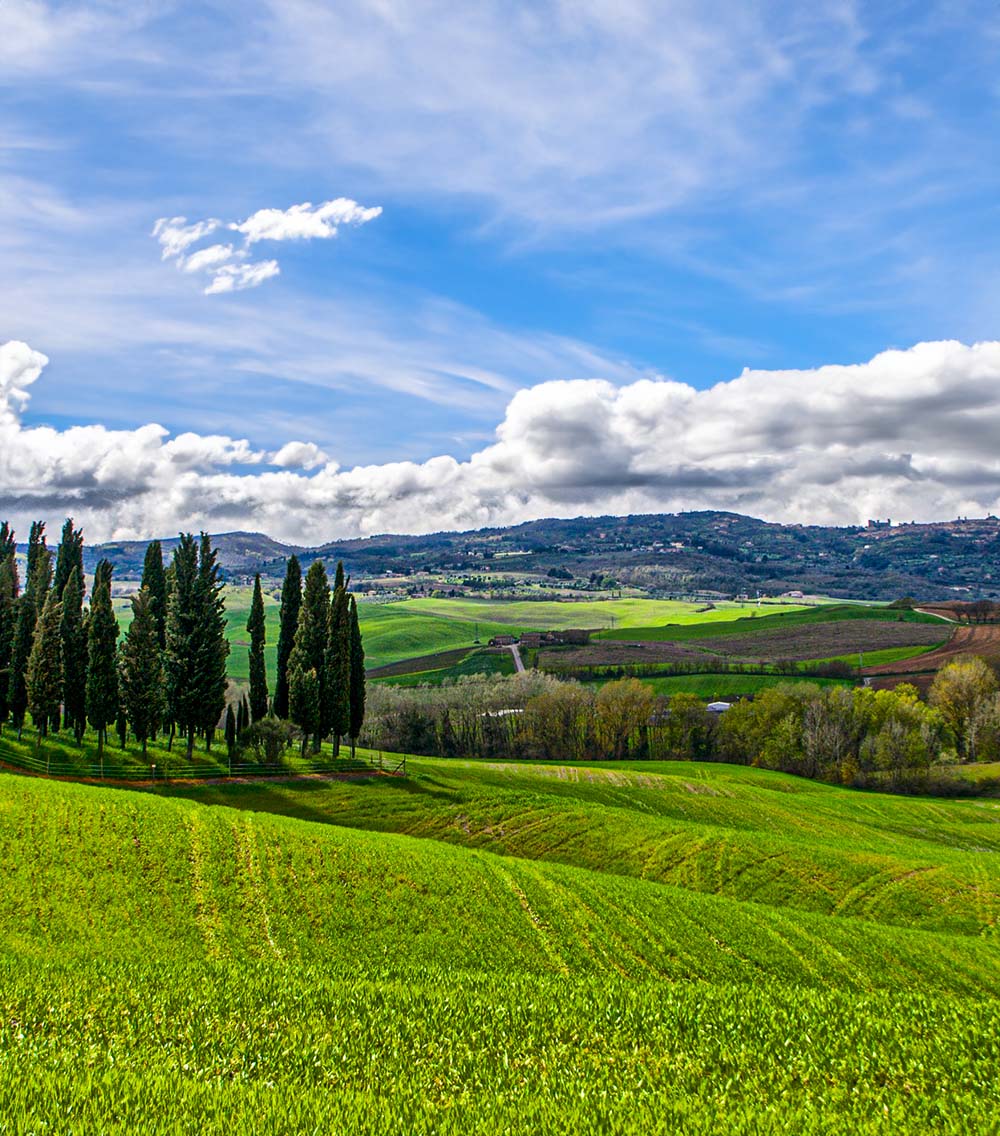
In general, it is said that the best time for hiking is the Spring and Autumn when the temperature is pleasant. Spring is an ideal season, if you prefer less crowded places, comfortable weather, and greenery landscape. Keep in mind, though, that it occasionally rains and some higher trails might still have snow.
Summer, on the other hand, has the advantage of the warm weather, and the longer daylight hours that are suitable for hiking. However, besides the temperature that might be too high, the weather is sometimes unpredictable and there might be an evening thunderstorm. The best option is to start your hiking route early in the morning or late afternoon and choose a higher destination that is cooler in those months.
In Autumn, the circumstances are the same in Spring, more or less. It is an ideal season for those preferring the warm, vibrant colors and observing the transition from Summer to Winter. In Autumn, the harvest process usually takes place, so you might be lucky and see it live.
Winter is less crowded and most of the trails are lucky to have snow. But that offers a different experience that some people like. If you are prepared, and you do not mind the cold weather, then this season is ideal for you.



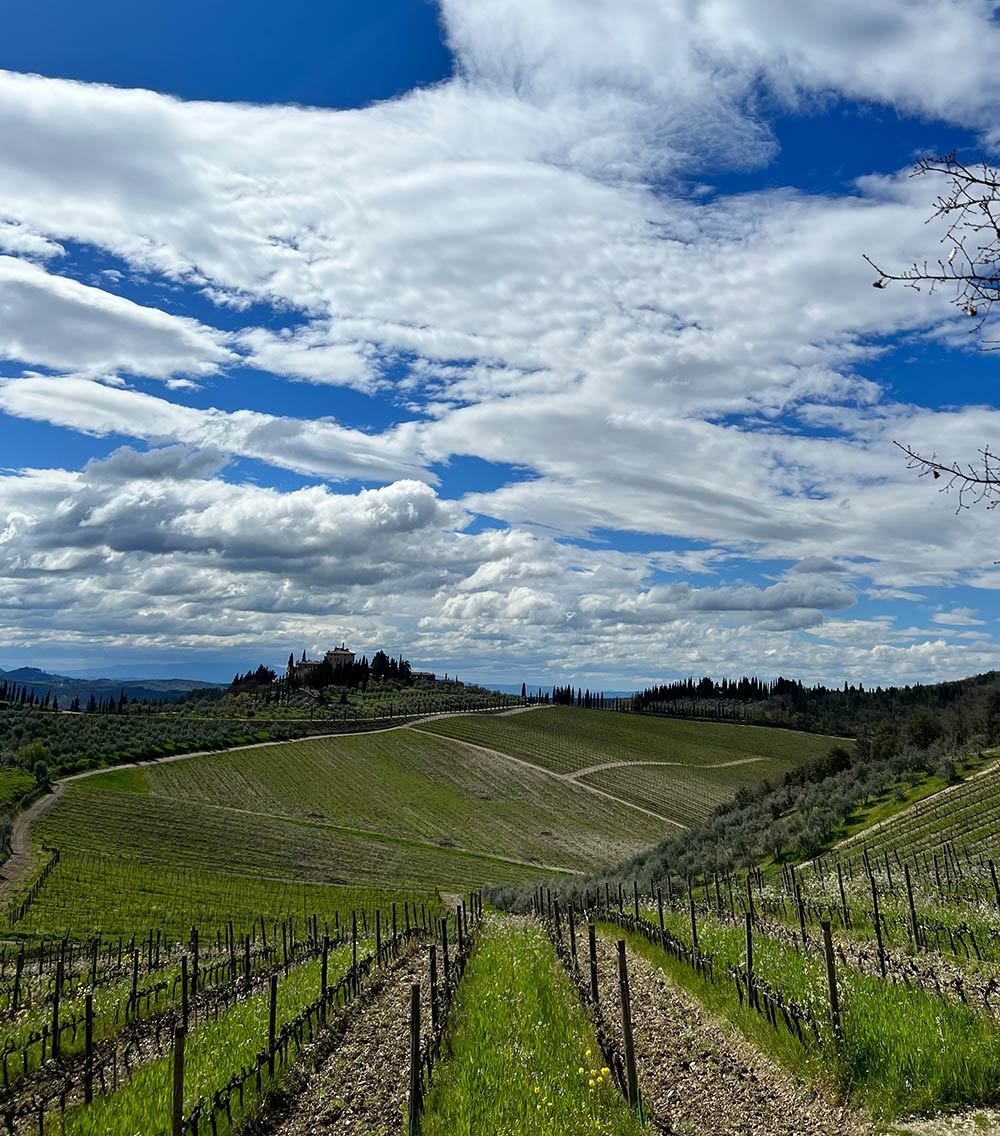
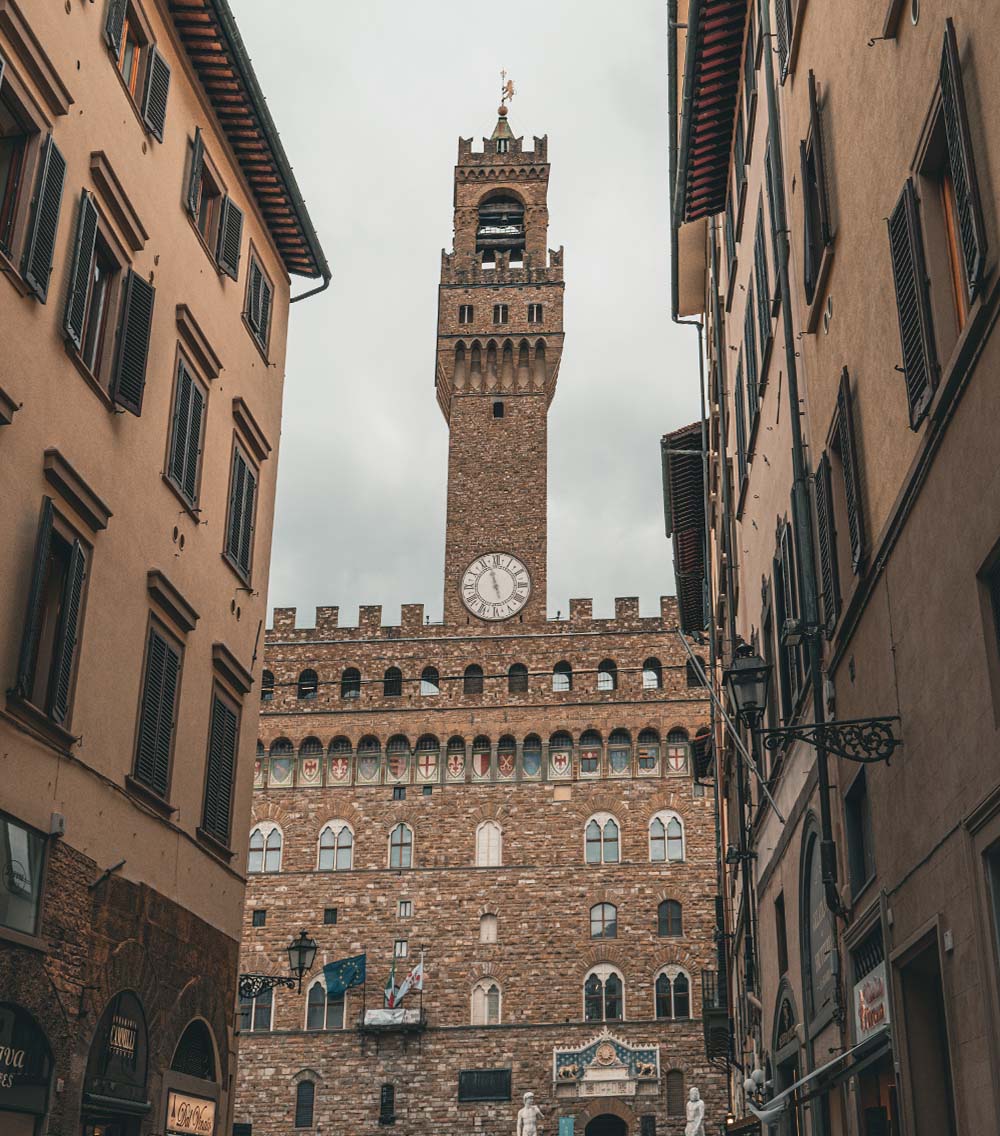

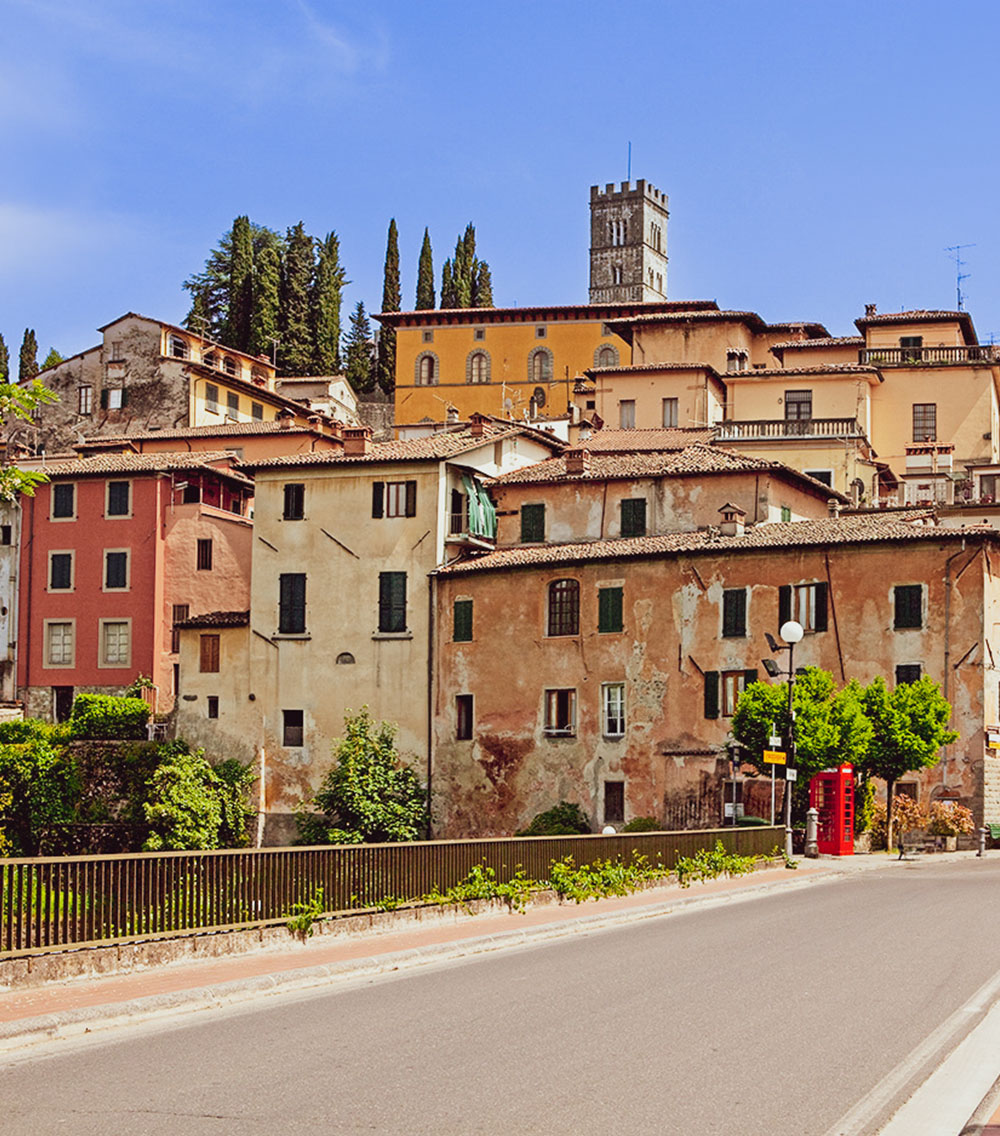
No Comments